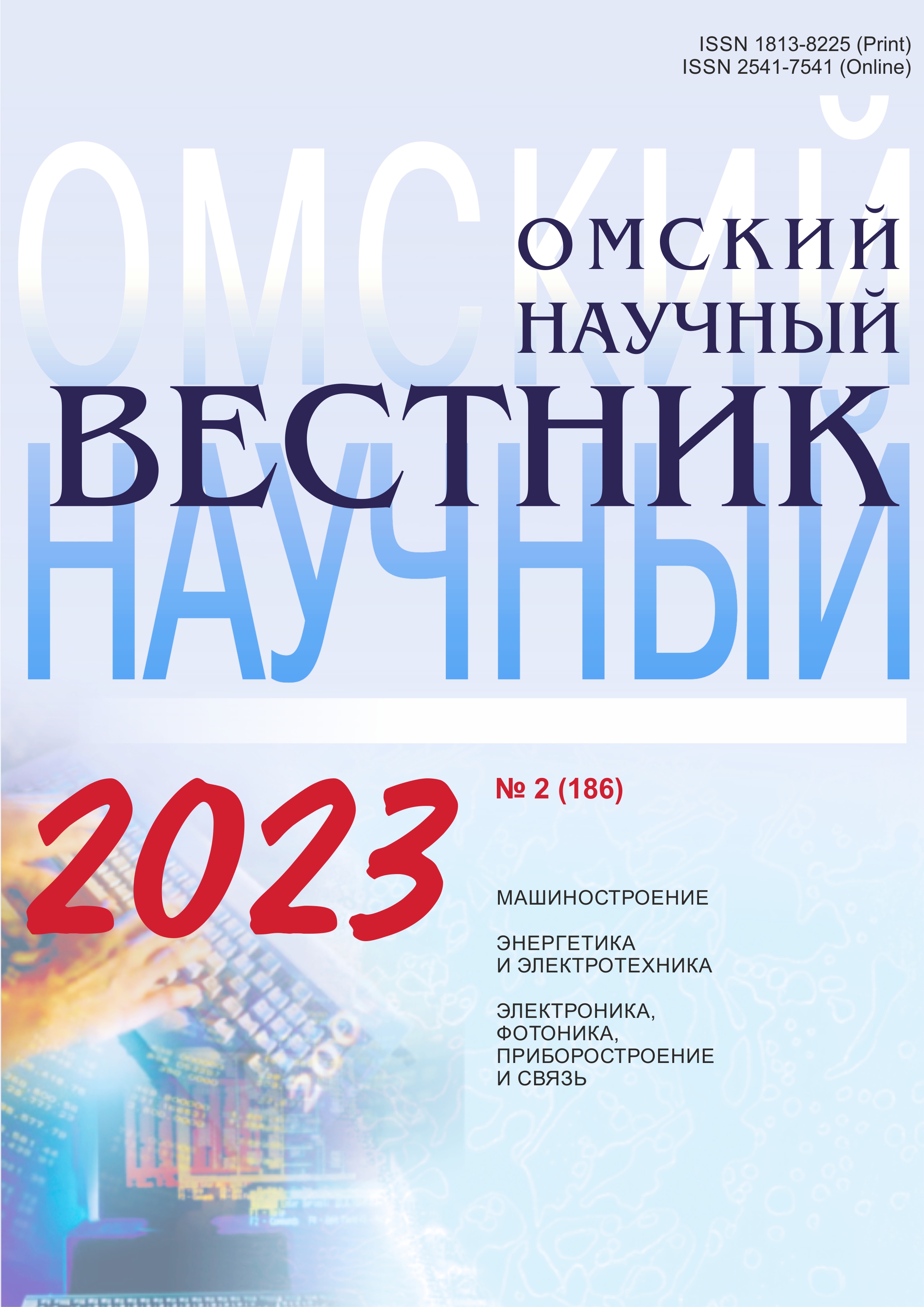Перспективы развития графической подготовки студентов технических вузов
DOI:
https://doi.org/10.25206/1813-8225-2023-186-67-72Ключевые слова:
высшее образование, геометро-графические дисциплины, инженерная графика, компьютерная графика, BIM-технологии, информационное моделированиеАннотация
В данной статье рассматривается возможность развития графической подготовки студентов технических специальностей в области информационного моделирования (BIM-технологии). В настоящее время во всем мире BIM- технологии являются неотъемлемой частью строительной индустрии, идет процесс внедрения в Российской Федерации для поддержания конкурентоспособности застройщиков как на внутреннем рынке, так и при строительстве за границей. Параллельно с внедрением в сфере строительства встречаются попытки адаптации информационного моделирования в других сферах промышленности. На фоне этого возрос спрос на специалистов в сфере информационного моделирования; сотрудникам приходится переучиваться не только работать с новым программным обеспечением, но и уходить от индивидуального творчества отдельных сотрудников или отделов к коллективной работе над одним проектом одновременно всеми сотрудниками со своих рабочих мест (возможно, даже из разных городов и стран). Параллельно с этим идет создание различных программных продуктов в сфере информационного моделирования как в России, так и за рубежом. Большинство из них изначально направлены на строительство, но также встречаются адаптационные варианты для других сфер деятельности. В связи с этим возник вопрос актуальной графической подготовки современных специалистов: сейчас мало научить студентов создавать чертежи с помощью САПР и читать проектно-конструкторскую документацию, но необходимо сразу готовить студентов к коллективному творчеству, ответственности перед коллективом за внесенные в проект изменения, а самое главное — показать принципы работы в программном продукте для информационного моделирования.
Скачивания
Опубликован
Как цитировать
Выпуск
Раздел
Лицензия
Неисключительные права на статью передаются журналу в полном соответствии с Лицензией Creative Commons BY-NC-SA 4.0 «Attribution-NonCommercial-ShareAlike» («Атрибуция-Некоммерчески-СохранениеУсловий») 4.0 Всемирная (CC BY-NC-SA 4.0)




